Coillte achieved record prices for standing timber during the period April to June this year. All log size categories greater than 0.324m3 received an average of €81.00/m3 compared with €55.00 in 2017 (Table 1).
Log prices have been steadily increasing since 2008 when the construction industry was decimated and sawmills were forced to change from a predominantly domestic market to exports.
This has been achieved remarkably quickly and over the past nine years sawmills have not only trebled exports but have also trebled prices.
For example the average price for log categories greater than 0.324m3 in 2009 was €25/m3 admittedly at a time when prices dropped to an historic low, so the only way was up but it didn’t seem like that at the time.
Coillte provides roundwood prices normally for log size categories from 0.175m3 and upwards (medium to large sawlog) while small logs – pulpwood – are retained for processing in the company’s own Medite Smartply panel board mills in Clonmel and Waterford.
There are occasional lots sold in the small log category sizes but these are generally high value attractive sales as can be seen from 2017 data (Table 1) so the best indicator of private log prices for pulpwood categories is from the Wood Price Quarterly (WPQ) compiled by UCD for the Irish Timber Growers Association (ITGA).
Small log prices
Small log prices (up to 0.224m3) for the second quarter this year show a major increase over 2017 returns according to the WPQ.
Average prices for each of the four log category sizes (up to 0.074m3 to 0.224m3) have increased sometimes by almost 60% (Table 1).
The average increase for the four categories is 35% which is also unprecedented. This illustrates that panel board, wood energy and fencing post markets are performing well.
It should be borne in mind that log sizes, especially up to 0.174m3 are low value and essentially pulp and fuel wood while the larger better quality small log material makes its way into the more lucrative fencing post markets.
Medium to large logs
Coillte prices for medium to large log sizes (>0.225m3) have increased by an average of 47% over 2017, from €53.34 to €78.81 with three log size categories achieving prices in excess of €85/m3.
While the price increases for Coillte have been consistent, it is much more difficult to analyse price trends for private timber sales.
During the same period and for the same category sizes private sale prices increased by 10% from €44.48 to €48.81/m3 with four size categories achieving more than €57/m3.
The differential between Coillte and private prices is due to a number of factors including:
A higher percentage of Coillte sawlog material is sourced in clearfells compared with the private sector which still relies mainly on thinnings. Harvesting costs in thinning are much higher than in clearfells. This has a significant negative effect on log prices even for thinnings in mature crops with similar log size categories to clearfells.Private sales are generally advertised in smaller lots compared with Coillte. The cost of transporting forwarders and harvesters to a multiple of small sites is high while preparatory work associated with felling, including health and safety, environmental protection and general care of the site increases the unit cost of harvesting small lots. The basket of products in private timber sales includes a diverse range of material from low value pulpwood to higher value logs for timber construction while Coillte’s prices are for medium to large sawlog prices after the pulpwood is retained. Coillte prices are sourced from real time data while there is a time lag involved in private sale data reaching the WPQ. For example when Coillte received high prices at auctions from April to June, these appeared in timber price data released for that quarter, unlike the WPQ prices which may not reach UCD until much later.Coillte’s marketing potential is much more sophisticated and clearly focused than the private sector, which by its nature is fragmented despite a more cohesive approach in recent years in some areas where timber producer groups are active.The prices achieved during the April-June quarter are exceptionally high for all categories which is good news for private forest owners and Coillte. It reflects an increased demand from the timber processing sector and despite the looming threat of Brexit, domestic and export markets remain strong.
The bulk of timber sourced from private forest owners is from thinning so the 35% increase for pulp prices is welcome.
Despite the inherent advantages Coillte has over the private sector, private forest owners can achieve higher prices for larger sawlog and should shop around when selling their timber. Coillte prices are likely to be unattainable especially in small private thinning lots due to economies of scale. However prices in excess of €70/m3 for standing timber should be achievable even in relatively small clearfell lots in the short-term.
The combination of Coillte and WPQ price data is providing important information for forest owners at the production phase. Private growers rely on the WPQ for timber prices for pulpwood while Coillte and WPQ provide essential data for sale of medium to large logs.
However, the WPQ still needs greater input from sawmills, forestry companies, wood producer groups and forest owners to ensure a greater geographical spread of price data. The WPQ is a confidential survey and only compiled average prices are released. Email UCD Forestry Section (roundwooddatabased@ucd.ie) for Timber Sale Data Forms.
Coillte achieved record prices for standing timber during the period April to June this year. All log size categories greater than 0.324m3 received an average of €81.00/m3 compared with €55.00 in 2017 (Table 1).
Log prices have been steadily increasing since 2008 when the construction industry was decimated and sawmills were forced to change from a predominantly domestic market to exports.
This has been achieved remarkably quickly and over the past nine years sawmills have not only trebled exports but have also trebled prices.
For example the average price for log categories greater than 0.324m3 in 2009 was €25/m3 admittedly at a time when prices dropped to an historic low, so the only way was up but it didn’t seem like that at the time.
Coillte provides roundwood prices normally for log size categories from 0.175m3 and upwards (medium to large sawlog) while small logs – pulpwood – are retained for processing in the company’s own Medite Smartply panel board mills in Clonmel and Waterford.
There are occasional lots sold in the small log category sizes but these are generally high value attractive sales as can be seen from 2017 data (Table 1) so the best indicator of private log prices for pulpwood categories is from the Wood Price Quarterly (WPQ) compiled by UCD for the Irish Timber Growers Association (ITGA).
Small log prices
Small log prices (up to 0.224m3) for the second quarter this year show a major increase over 2017 returns according to the WPQ.
Average prices for each of the four log category sizes (up to 0.074m3 to 0.224m3) have increased sometimes by almost 60% (Table 1).
The average increase for the four categories is 35% which is also unprecedented. This illustrates that panel board, wood energy and fencing post markets are performing well.
It should be borne in mind that log sizes, especially up to 0.174m3 are low value and essentially pulp and fuel wood while the larger better quality small log material makes its way into the more lucrative fencing post markets.
Medium to large logs
Coillte prices for medium to large log sizes (>0.225m3) have increased by an average of 47% over 2017, from €53.34 to €78.81 with three log size categories achieving prices in excess of €85/m3.
While the price increases for Coillte have been consistent, it is much more difficult to analyse price trends for private timber sales.
During the same period and for the same category sizes private sale prices increased by 10% from €44.48 to €48.81/m3 with four size categories achieving more than €57/m3.
The differential between Coillte and private prices is due to a number of factors including:
A higher percentage of Coillte sawlog material is sourced in clearfells compared with the private sector which still relies mainly on thinnings. Harvesting costs in thinning are much higher than in clearfells. This has a significant negative effect on log prices even for thinnings in mature crops with similar log size categories to clearfells.Private sales are generally advertised in smaller lots compared with Coillte. The cost of transporting forwarders and harvesters to a multiple of small sites is high while preparatory work associated with felling, including health and safety, environmental protection and general care of the site increases the unit cost of harvesting small lots. The basket of products in private timber sales includes a diverse range of material from low value pulpwood to higher value logs for timber construction while Coillte’s prices are for medium to large sawlog prices after the pulpwood is retained. Coillte prices are sourced from real time data while there is a time lag involved in private sale data reaching the WPQ. For example when Coillte received high prices at auctions from April to June, these appeared in timber price data released for that quarter, unlike the WPQ prices which may not reach UCD until much later.Coillte’s marketing potential is much more sophisticated and clearly focused than the private sector, which by its nature is fragmented despite a more cohesive approach in recent years in some areas where timber producer groups are active.The prices achieved during the April-June quarter are exceptionally high for all categories which is good news for private forest owners and Coillte. It reflects an increased demand from the timber processing sector and despite the looming threat of Brexit, domestic and export markets remain strong.
The bulk of timber sourced from private forest owners is from thinning so the 35% increase for pulp prices is welcome.
Despite the inherent advantages Coillte has over the private sector, private forest owners can achieve higher prices for larger sawlog and should shop around when selling their timber. Coillte prices are likely to be unattainable especially in small private thinning lots due to economies of scale. However prices in excess of €70/m3 for standing timber should be achievable even in relatively small clearfell lots in the short-term.
The combination of Coillte and WPQ price data is providing important information for forest owners at the production phase. Private growers rely on the WPQ for timber prices for pulpwood while Coillte and WPQ provide essential data for sale of medium to large logs.
However, the WPQ still needs greater input from sawmills, forestry companies, wood producer groups and forest owners to ensure a greater geographical spread of price data. The WPQ is a confidential survey and only compiled average prices are released. Email UCD Forestry Section (roundwooddatabased@ucd.ie) for Timber Sale Data Forms.




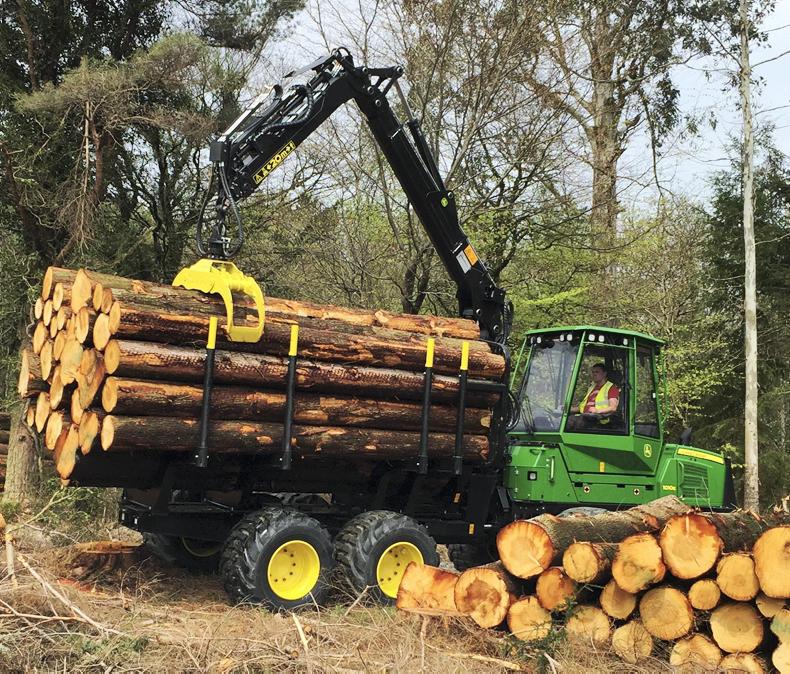
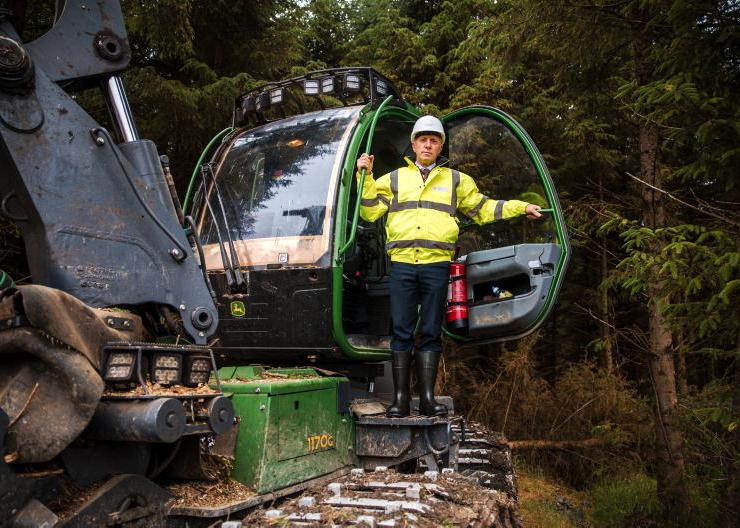

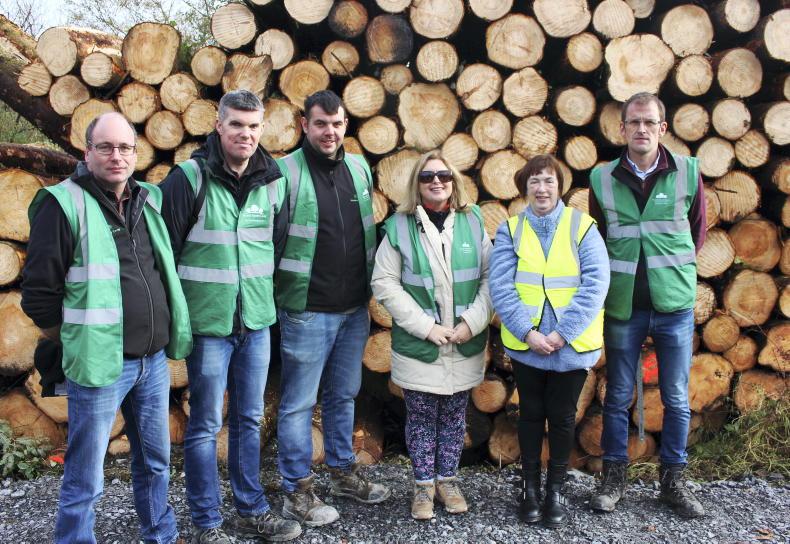
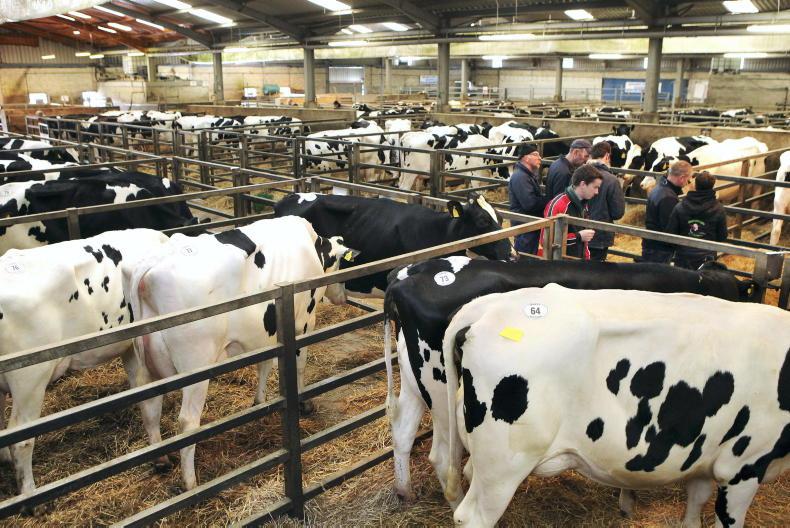
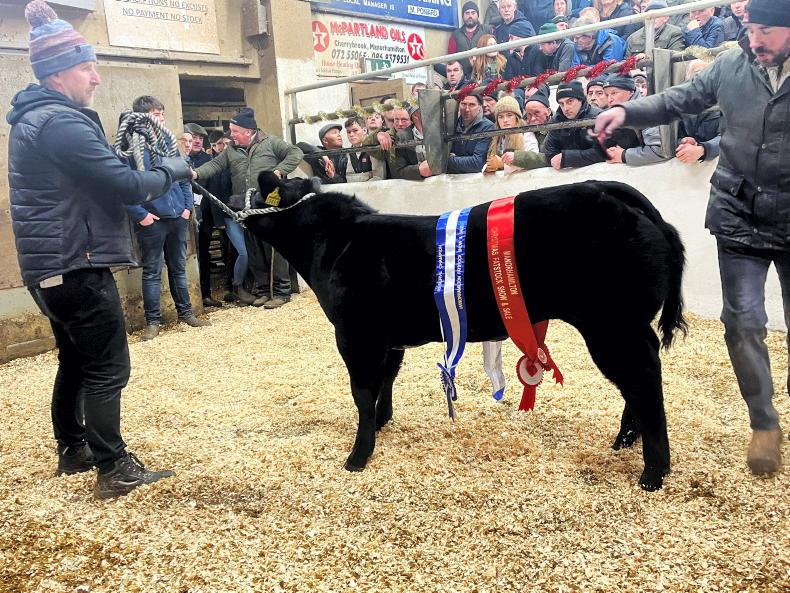
SHARING OPTIONS